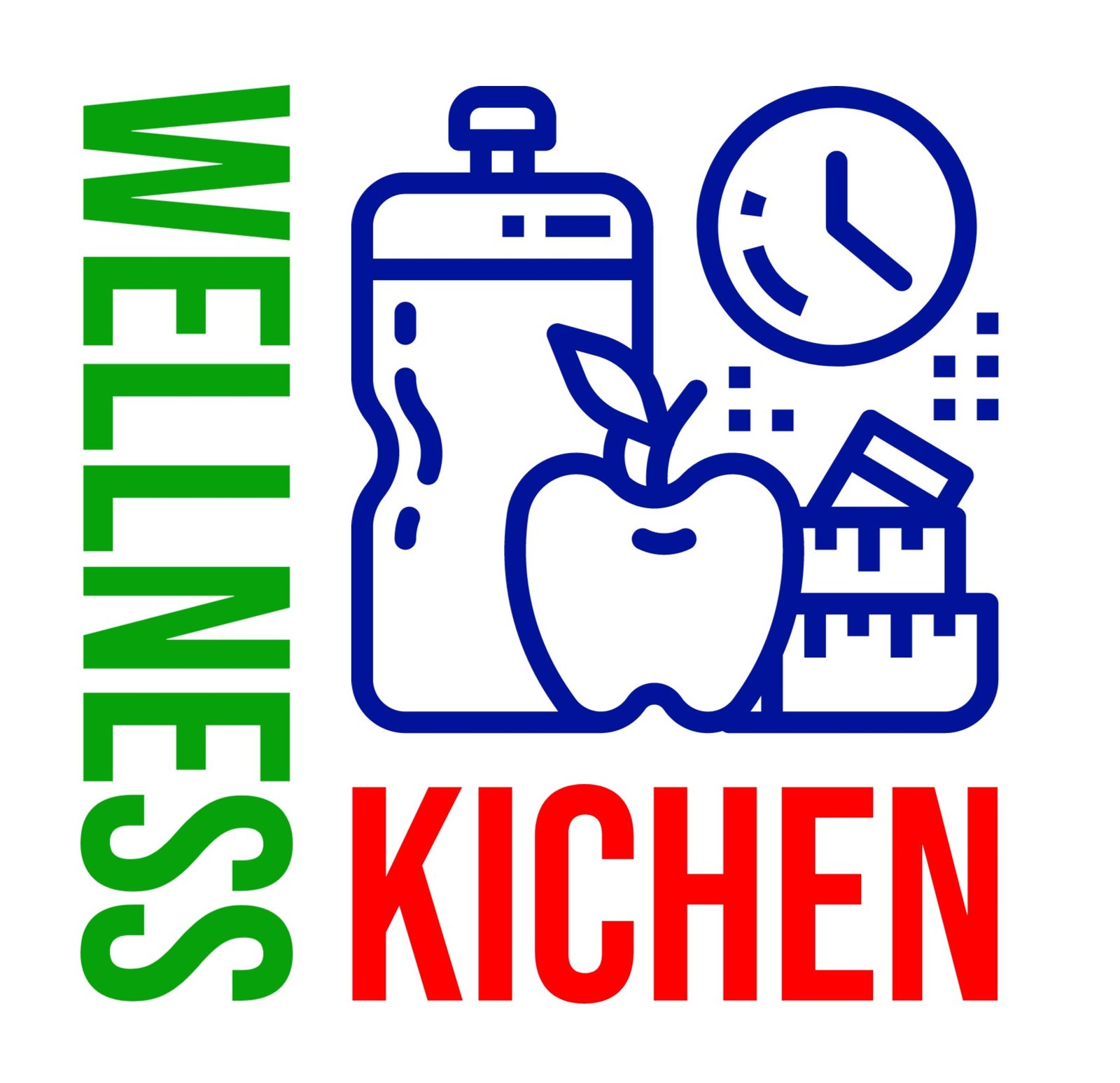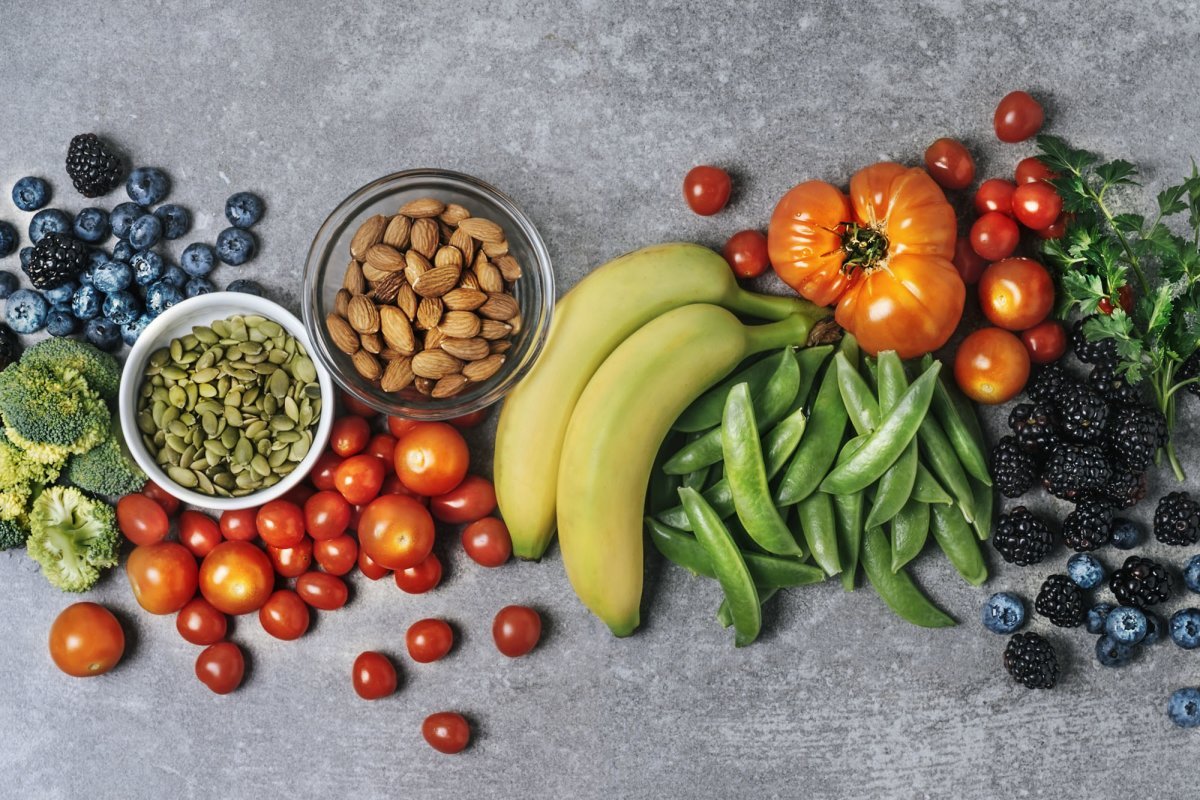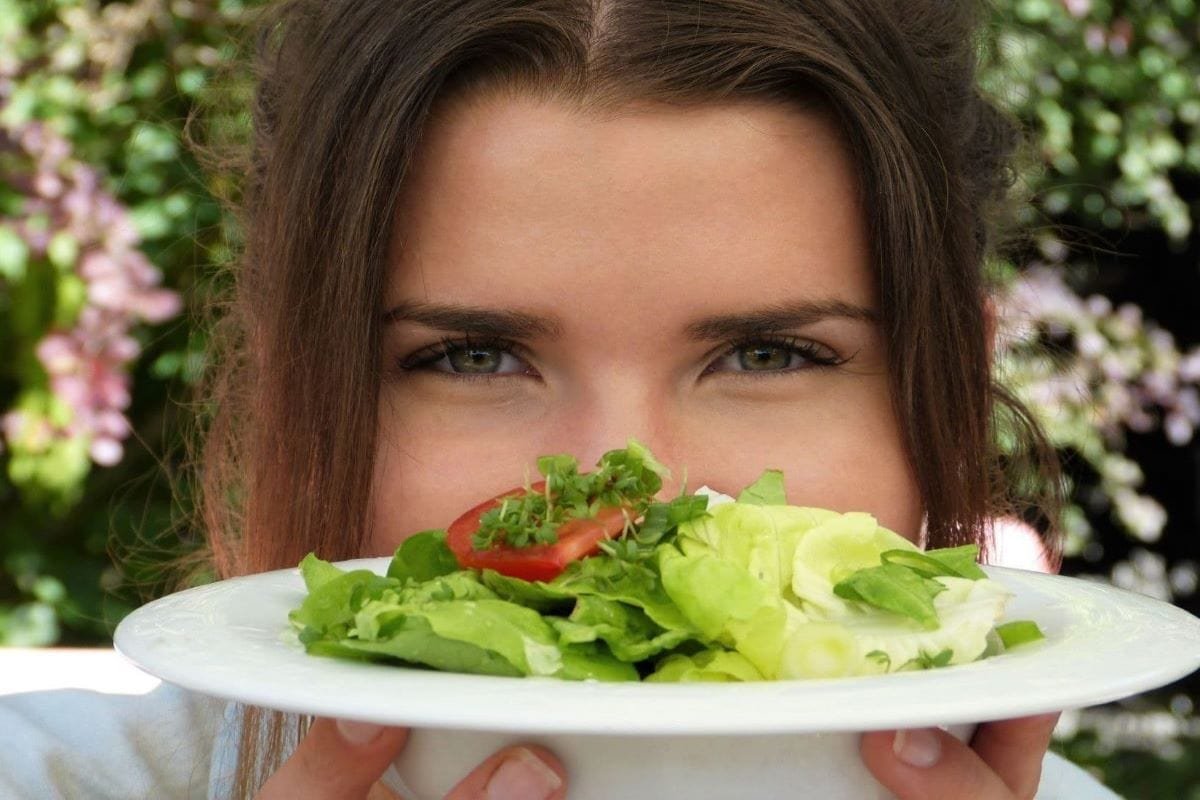Add these easy-to-find foods to your diet to reap the health-protecting benefits of Vitamin D.
You load up on calcium to keep your bones healthy and strong, but did you know that not eating enough vitamin D foods makes it near-impossible to reap all of the mineral’s health-boosting benefits?
It’s true! But that’s not the only reason you should up your intake of vitamin D. There are many health benefits of vitamin D besides keeping brittle bones at bay:
- fights colds by boosting your immune system
- diminishes inflammation
- may alleviate symptoms of depression
- reduces the risk of certain cancers
- wards off erectile dysfunction
Talk about a multitasker.
How can you ensure you’re getting enough vitamin D?
Your body produces vitamin D whenever your skin is directly exposed to sunlight. That’s why it’s often referred to as the “sunshine vitamin.” You can also consume vitamin D through food. Most vitamin D-rich foods are animal-based products, although manufacturers do fortify some plant-based foods with vitamin D.
With sufficient sun exposure, you likely do not need to supplement your diet with vitamin D foods. However, according to the Dietary Guidelines Advisory Committee, the majority of the U.S. population does not consume (either through sun exposure or food) an adequate amount of vitamin D, which is considered to be 20 micrograms (800 IUs) of vitamin D per day.
And if you’re staying inside for more hours of the day than you’re used to—whether that’s due to a season change or a new desk job—your skin is seeing less sun.
If your skin isn’t producing enough vitamin D, you can supplement by eating vitamin D foods or taking a vitamin D supplement.
There are only a few foods that contain significant levels of vitamin D, which is why registered dietitian Robin Foroutan, MS, RDN, Integrative Medicine Dietitian advises taking a vitamin D supplement with “2,000 to 5,000 IU per day with a meal. Especially if you’re spending most of your time indoors.”
The top foods highest in vitamin D
We’ve found the best vitamin D foods and ranked them in order of potency (starting from most to least).
Next time you visit the supermarket, be sure to grab a few of these 11 healthy vitamin D foods.
White mushrooms exposed to ultraviolet light
It sounds odd, but hear us out: when mushrooms are exposed to sunlight or a UV lamp (ultraviolet light), they can generate high levels of vitamin D2, according to a study published in the journal Nutrients. In fact, this method results in mushrooms with vitamin D levels higher than most vitamin D-containing foods. This is particularly important to vegans and vegetarians because mushrooms are the non-animal, unfortified food source of vitamin D with a substantial amount of vitamin D (over an entire day’s worth) in a single serving.
Cooked Salmon
Coming in at the top of our list is salmon—and it’s easy to see why. Just one three-ounce serving provides more than a day’s recommended vitamin D intake. Bonus: this fish is brimming with heart-protecting, anti-inflammatory omega-3 fatty acids.
Salmon filet
If you prefer the buttery texture of Atlantic salmon (or it’s just the only salmon your fishmonger offers), then you’re in luck. The farmed salmon also contains high levels of vitamin D: over half a day’s worth.
2% Cow’s Milk
Although cow’s milk isn’t naturally rich in vitamin D, in America it’s commonly fortified with the nutrient. To best absorb the D—and the full alphabet of nutrients listed on the carton—opt for 2 percent over skim. It’s well worth the calories, because vitamins A, D, E, and K need fat to be absorbed. One cup provides 15 percent of the day’s recommended D intake.
Low-fat yogurt
Some yogurts are fortified with vitamin D. Unfortunately for buyers, many of these fortified tubs are also those that are traditionally higher in sugar and lower in protein than what we’d typically recommend. One option that meets Eat This, Not That! standards is the 32-ounce tub of Stonyfield Organic Plain Low Fat Smooth & Creamy yogurt. Each 8-ounce serving contains 110 calories, 2 grams of fat, 12 grams of sugar, and 10 grams of protein for a whopping quarter of your day’s recommended vitamin D. As you’ll see with our pick below, you should opt for the tub with fat as vitamin D is a fat-soluble vitamin.
Breakfast cereal
Certain cereals, like Kellogg’s Special K and many other Kellogg’s cereals, fortify each serving with 10 percent of your daily value of vitamin D. Combine that with three-quarters of a cup of skim milk, and you’re looking at 20 percent of your daily value of the bone-building nutrient in just one meal!
White (albacore) tuna in water
A convenient and ready-to-eat way to get in some vitamin D foods is to grab a can of tuna. Go with the white albacore tuna to get a bit more vitamin D out of your tuna salad.
Canned light tuna (skipjack or yellowfin tuna) in water
Don’t worry, you don’t have to be too picky with your tuna selection. Light chunk tuna also serves up a significant percentage of your vitamin D daily value.
Eggs
If you’re an avid Eat This, Not That! reader, you likely know we’re big fans of whole eggs. The yolk may add some extra calories and fat to your plate, but it also contains a host of fat-blasting and health-boosting nutrients—including vitamin D. In fact, a three-egg omelet serves up nearly 20 percent of the daily D requirement. We suggest adding some veggies to the mix for an added boost of flavor and nutrients.
Sardines canned in oil
Sardines are the perfect snack for boosting bone health. Not only are they rich in calcium, but they also contain some vitamin D, which will help your body absorb that calcium.
Cooked Shiitake Mushrooms
If you can’t get your hands on UV-enchanced mushrooms, you can always opt for shiitake mushrooms as an alternative. They’re an excellent addition to omelets, stir-frys, salads, and tacos. Check out our Soft Veggie Chicken Tacos recipe to see how we use the vegetable in the Tex-Mex-inspired dish. It only takes 15 minutes to whip up!




